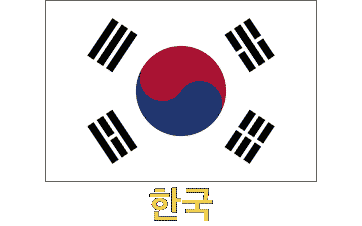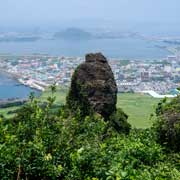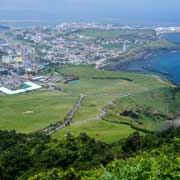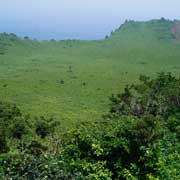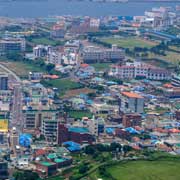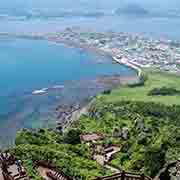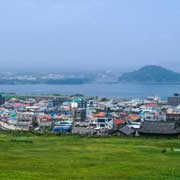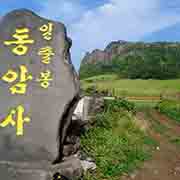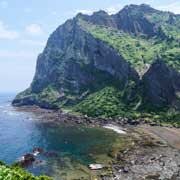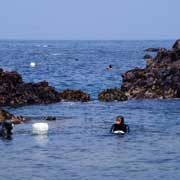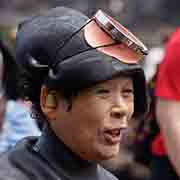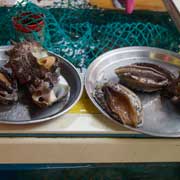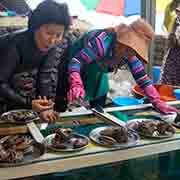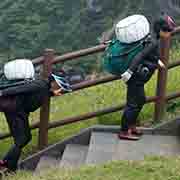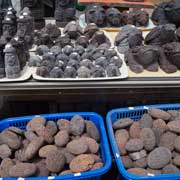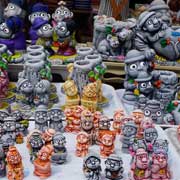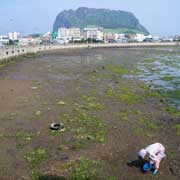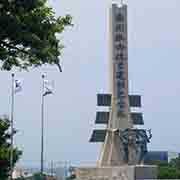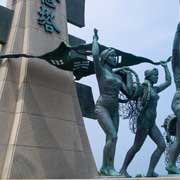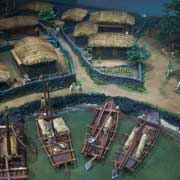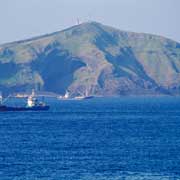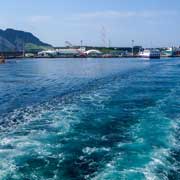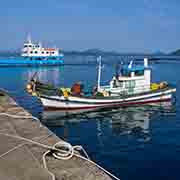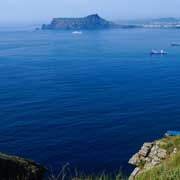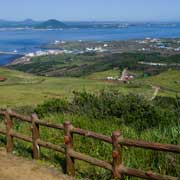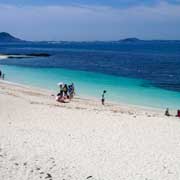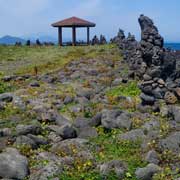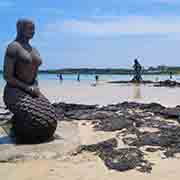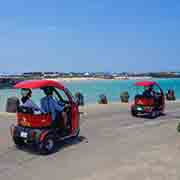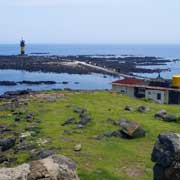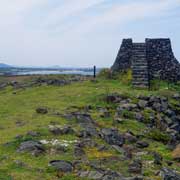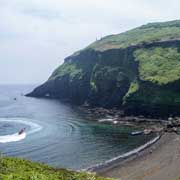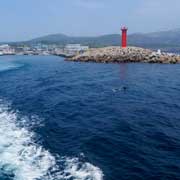Photos of the East coast of Jeju island, Jeju Province, Korea
The East coast of Jeju island, Jeju Province
Jeju-do, Jeju island, south of the Korean peninsula, is Korea’s largest island and culturally quite different from the mainland. It is here the Haenyeo, Jeju's female divers are found, famed and celebrated for their independent spirit, iron will and determination, and representative of the semi-matriarchal family structure of Jeju island. In the cove below Seongsan Ilchulbong, on the east coast of Jeju-do, they can be seen diving for abalone, conch, octopus, sea urchins, sea squirt, brown alga, sea snails, seaweed, oysters and sea slugs, all prized seafoods, they sell in their small eating place.
you may then send it as a postcard if you wish.
Seongsan Ilchulbong, the 182 metres high extinct volcano on the eastern tip of the island, offers great views over the village of Seongsan-ri. Fifteen kilometres north of Seongsan, in the village of Sehwa, is the Jeju Haenyeo Anti-Japanese Movement Memorial Tower, honouring the Haenyeo women divers; this was the largest movement organised in January 1932 by women against Japan’s policies of exploitation and ethnic discrimination. Here is also the Haenyeo Museum, where life in a Jeju fishing village in the old days is recreated.
Just 3.5 kilometres to the east of Jeju-do is the small island of U-do ("Cow Island"), about 6 km² in area. Frequent ferries link it to Seongsan harbour and visitors come for Hongjodangoe Haebin beach, the only coral-sand beach on the island or touring around the island: bicycles, scooters and electric carts are all available for hire. U-do is a lava plateau, fertile soil with prosperous farms; among others, sweet potatoes, garlic, and peanuts are produced here.


